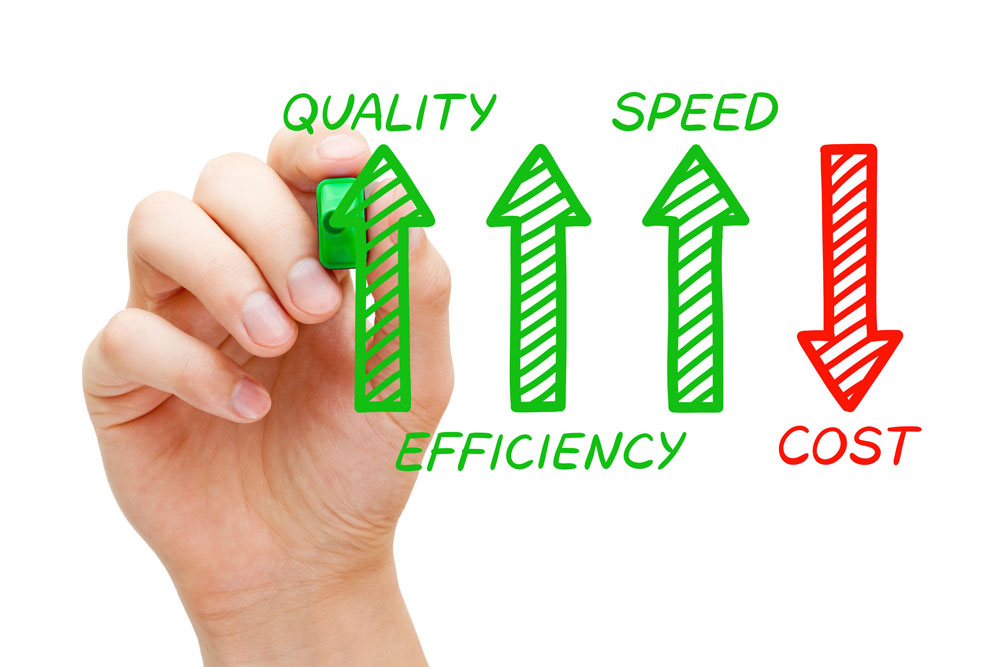Sigma’s Annotation Platform
When it comes to do simple annotations on small/moderate amounts of data, almost any annotation tool can do the job. It is when the volume of data is large, the annotations are complex and/or numerous that the use of the right tool is essential.

Sigma’s Annotation platform has been designed to provide the maximum flexibility and adaptation capabilities in the world. Sigma does NOT provide standard tools for each type of data. Sigma’s platform is a set of specialized and tested software modules that can be combined to quickly build from simple to extremely complex annotation tools.
Therefore, each tool’s user interface and functions are totally adapted to the specific characteristics of the project. This allows to save time and resources in all the data annotation process by:
- Optimizing the work-flows.
- Automating processes.
- Eliminating latencies.
- Implementing intuitive user interfaces which use efficient interaction models.
- Implementing Active Error Minimization features. How does active error minimization work?
The quality of the annotation depends on the type of preventive and reactive measures that are implemented, as well as on the metrics that are used to measure the quality level. Preventive measures are the ones that prevent annotation errors from happening, such as selecting the right annotation team, providing annotators with the right training program, or keeping a continuous communication with the client to detect any issue that may arise quicky. Reactive measures detect and fix errors and issues once they have occurred. There are three categories of errors and issues: occasional errors, systematic errors and interpretation issues, being the last two responsible for the lack of consistency of the annotated data. Active error minimization is a preventive measure that includes a number of automatic quality checks which are implemented in the annotation user interface. They prevent occasional and systematic annotation errors from happening as well as prevent annotators from accidentally skipping some annotation action. - Integrating the QA methodology in the annotation flow.
- Combining optimally ML-assisted annotation tools with human expertise and manual annotation.
- Allowing an iterative improvement process.
Sigma’s annotation platform in combination with Sigma’s vetted and skilled annotators provide the highest quality data at scale, in a cost-efficient way. The adaptation of the annotation platform is part of Sigma’s annotation services and is done at no cost for the client.

Success Story
Just adapting the annotation tool in a 10,000 hours of spontaneous speech annotation project saved 2.9 hours of work per audio hour, resulting in a saving of 28,835 hours of work, which is equivalent to 15 annotators working full time for one year.
Sigma’s annotation platform is a powerful multi-source (audio, image, video and text), configurable data annotation platform that is dedicated to getting you the best quality, most accurate training data at scale, in the way you wanted, when you need it, at the right cost.
Features (I)
Type of Annotation
- Audio Annotation
- Audio & Video Transcription
- Speaker Diarization
- Phonetic Transcription
- Emotion Annotation
- Sentiment Annotation
- Audio Classification
- Data Relevance
- Pronunciation Assessment
- 2D Bounding Boxes
- 3D Bounding Boxes
- Polygons
- Semantic Segmentation
- Landmark Annotation
- Lines & Splines
- Image Classification
- Video Tracking
- Thermal Image Annotation
Features (II)
- Optical Character Recognition
- Medical Image Annotation
- Text classification
- Intent Recognition
- Sentiment Annotation
- Name Entity Recognition
- Semantic Annotation
- Text Cleansing
- Text Validation
- Receipt / Invoice Transcription
Annotation Features
- UI Adapted to the Annotation Project
- Active Error Minimization UI
- ML-Assisted Annotation (Pre-annotation Creation)
- In-Tool Guidelines
- Auto Save Function
- Search Function
- Automatic Input Assignment
Features (III)
Quality Control
- QA Integrated in the Annotation Tool
- Review Mode (rejection, correction, acceptance)
- Reviewer – Annotator communication
- Quality Report
- ML-Assisted QA
Project Management
- Annotator Registration
- Automatic and Manual Task Assignment
- Role-Based Access Control
- Annotation Features
- Productivity Reports
- Traceability
Configuration/Security Features
- UI Adapted to the Annotation Project
- Encrypted Data Storage
- Backups